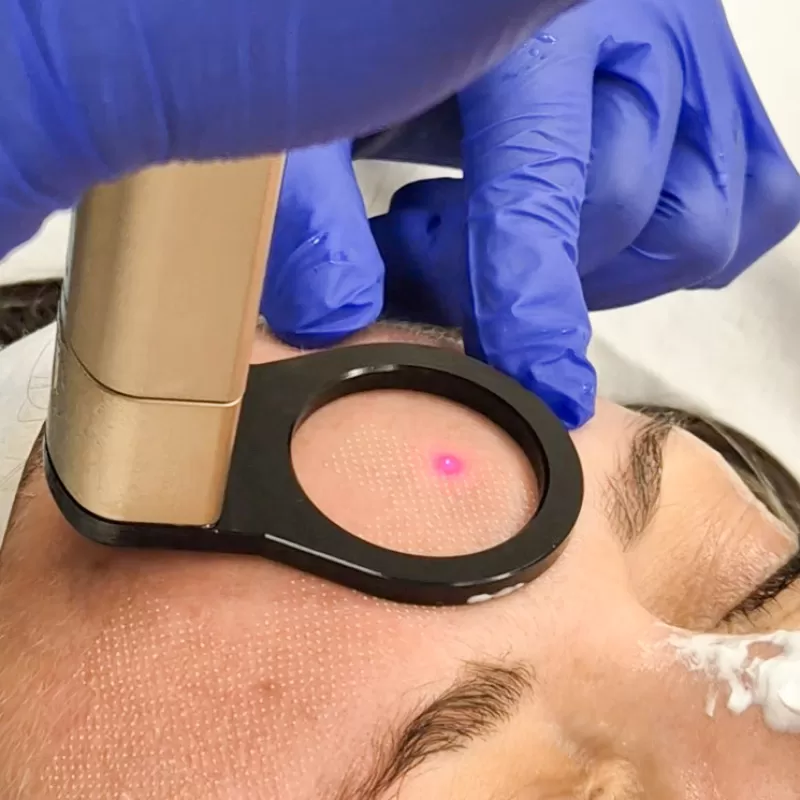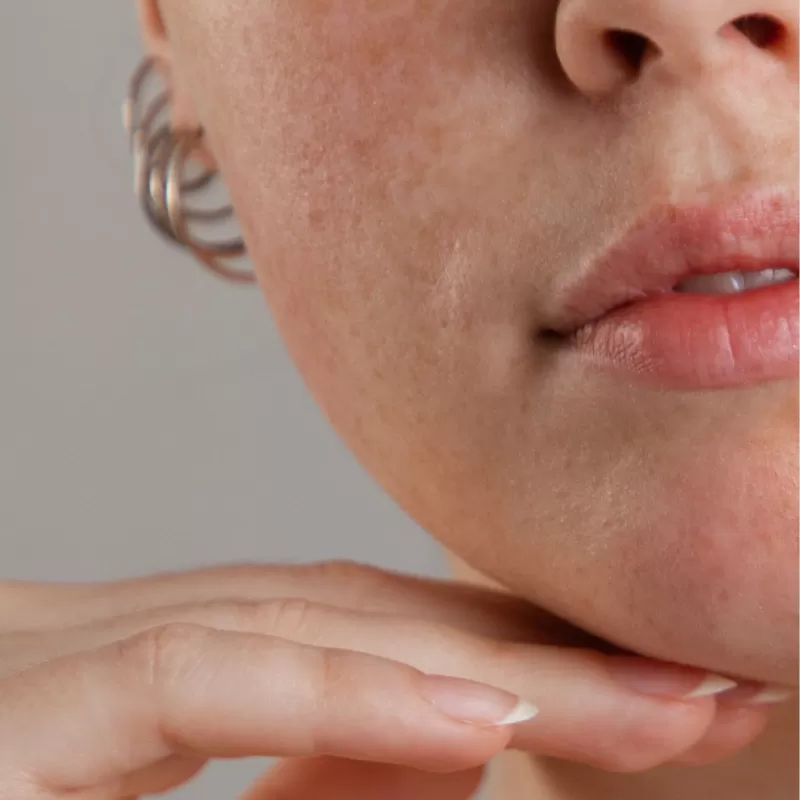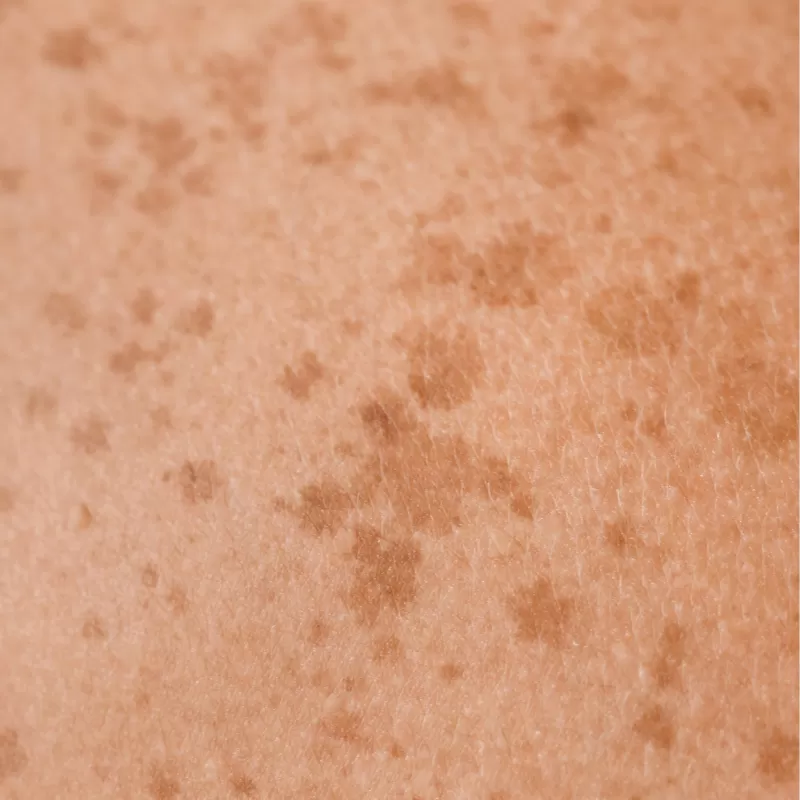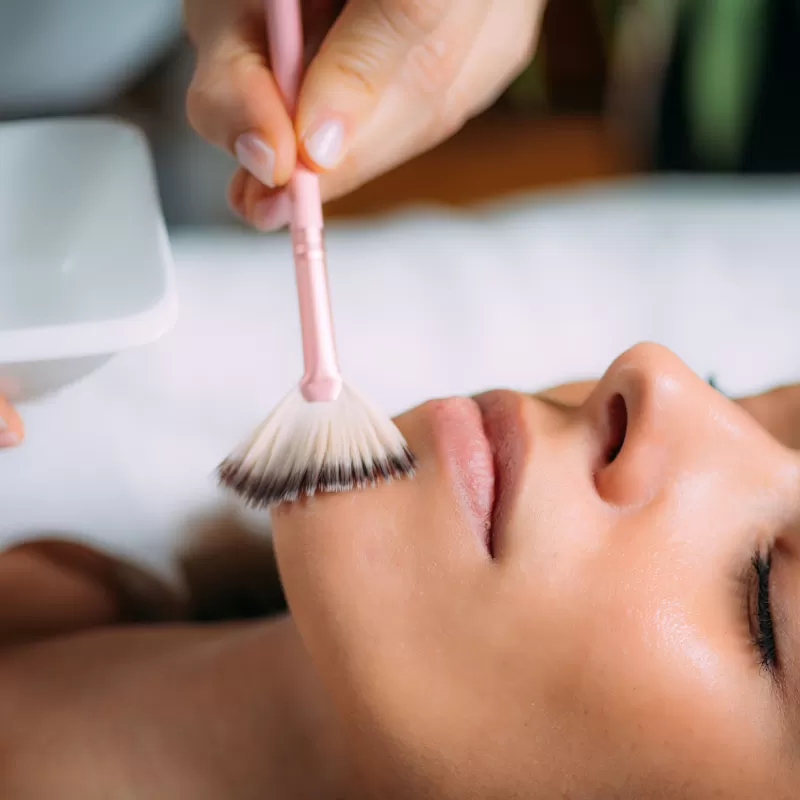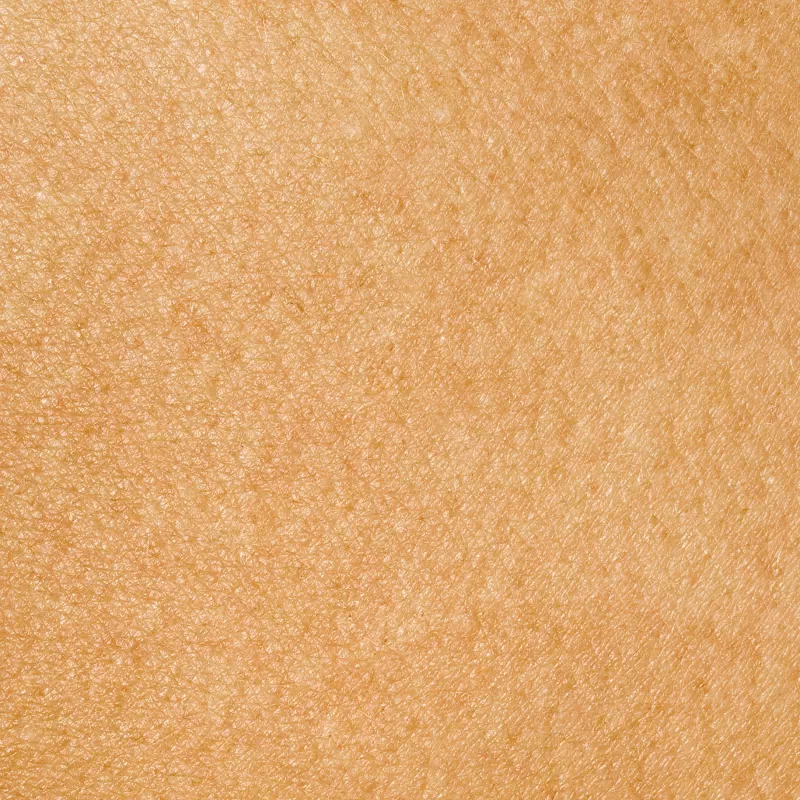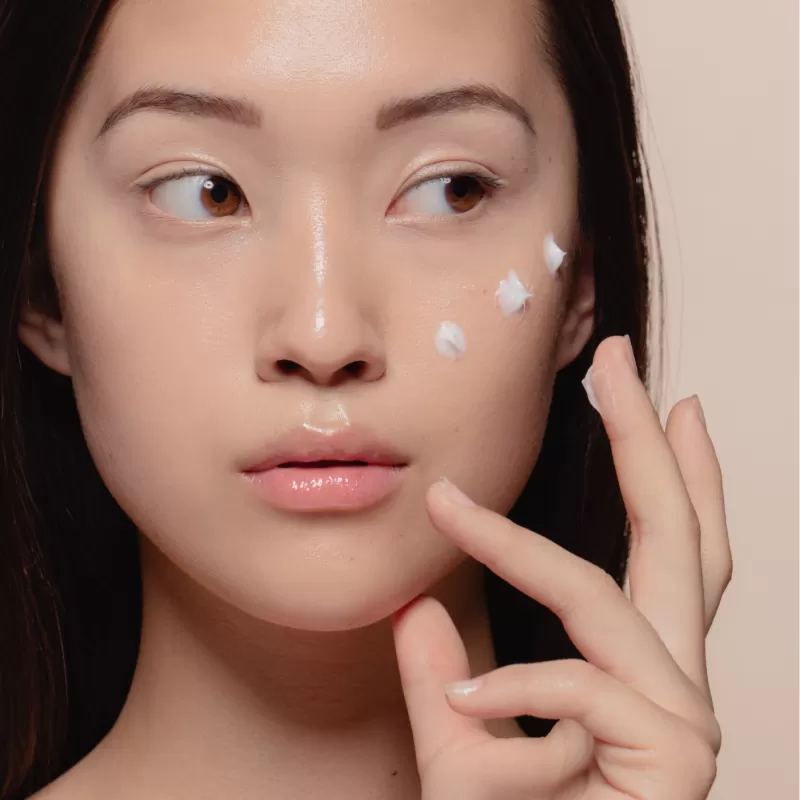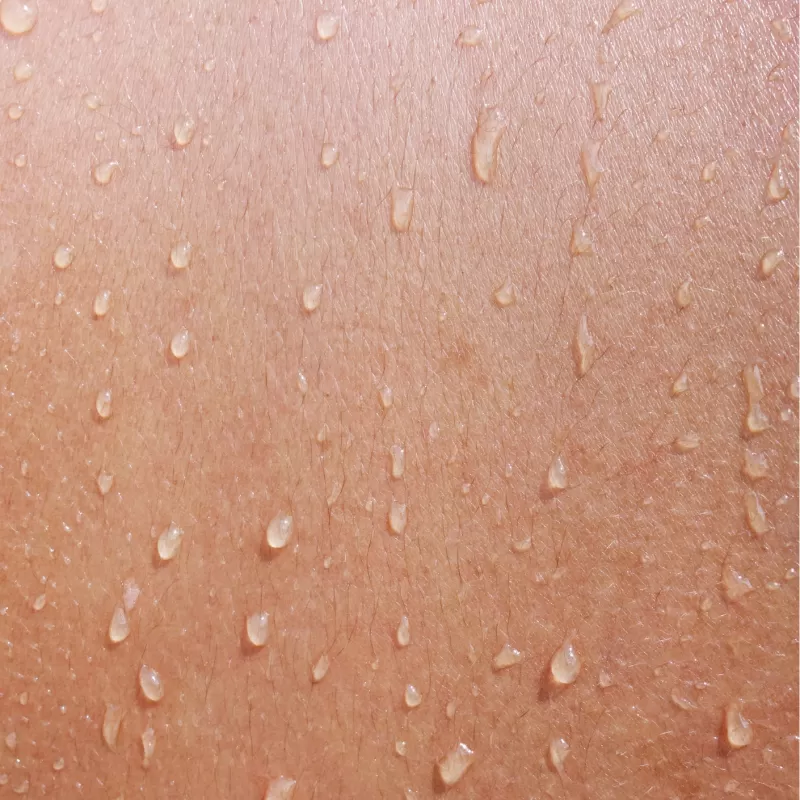Pigmentation and Melasma
Pigmentation and Melasma
Pigmentation and Melasma
Condition
Reset your skin colour with our skin expert at The R Clinic. Treat patchy uneven skin colour with our carefully considered skin treatments and cosmeceuticals. We have the experience and the knowledge to create an individual care plan for you so you can achieve a complexion free from pigmentation and dark spots.
What is Pigmentation and Melasma?
What is Pigmentation and Melasma?
Skin pigmentation describes several conditions where skin has become darker in colour than the surrounding skin. Areas usually affected by pigmentation include the forehead, cheeks, upper lip and chin. One form of skin pigmentation is ‘Hyperpigmentation’ and can appear as freckles, sunspots or age spots (sun damage pigmentation), melasma, post inflammatory hyperpigmentation and solar lentigos.
Hyperpigmentation is one of the most common but complex skin issues affecting patients and it can have a massive impact on your self-confidence.
What causes Pigmentation and Melasma?
What causes Pigmentation and Melasma?
The most common form of pigmentation is sunspots (aka age spots), which are caused by sun damage and the skin’s natural aging process. When our skin is exposed to the sun our body produces melanin to protect our skins cells from solar damage. Over time, and lots of sun exposure over the years produces sunspots on our skin.
Melasma is another concern, however unlike small, isolated spots, melasma forms in larger patches on the skin. Melasma is caused by both hormonal and environmental triggers such as heat and UV light. Often referred to the ‘mask of pregnancy’ it can develop or worsen for women who are pregnant due to the increase in hormones. Melasma is a complex condition to treat, and treatment needs to be planned and carried out by a trained professional to not make the condition worse.
How can we help?
How can we help?
At the R Clinic our experienced team can help you to find the right treatment to help with pigmentation reduction, to reduce redness, and reduce marks on skin.
Pigmentation can be treated and managed with a tailored plan of cosmeceutical products and targeted skin treatments. Cosmeceutical ingredients form an important part of the treatment process and coupled with skin treatments such as gentle chemical peels and laser treatments can help to manage and improve pigmentation conditions.
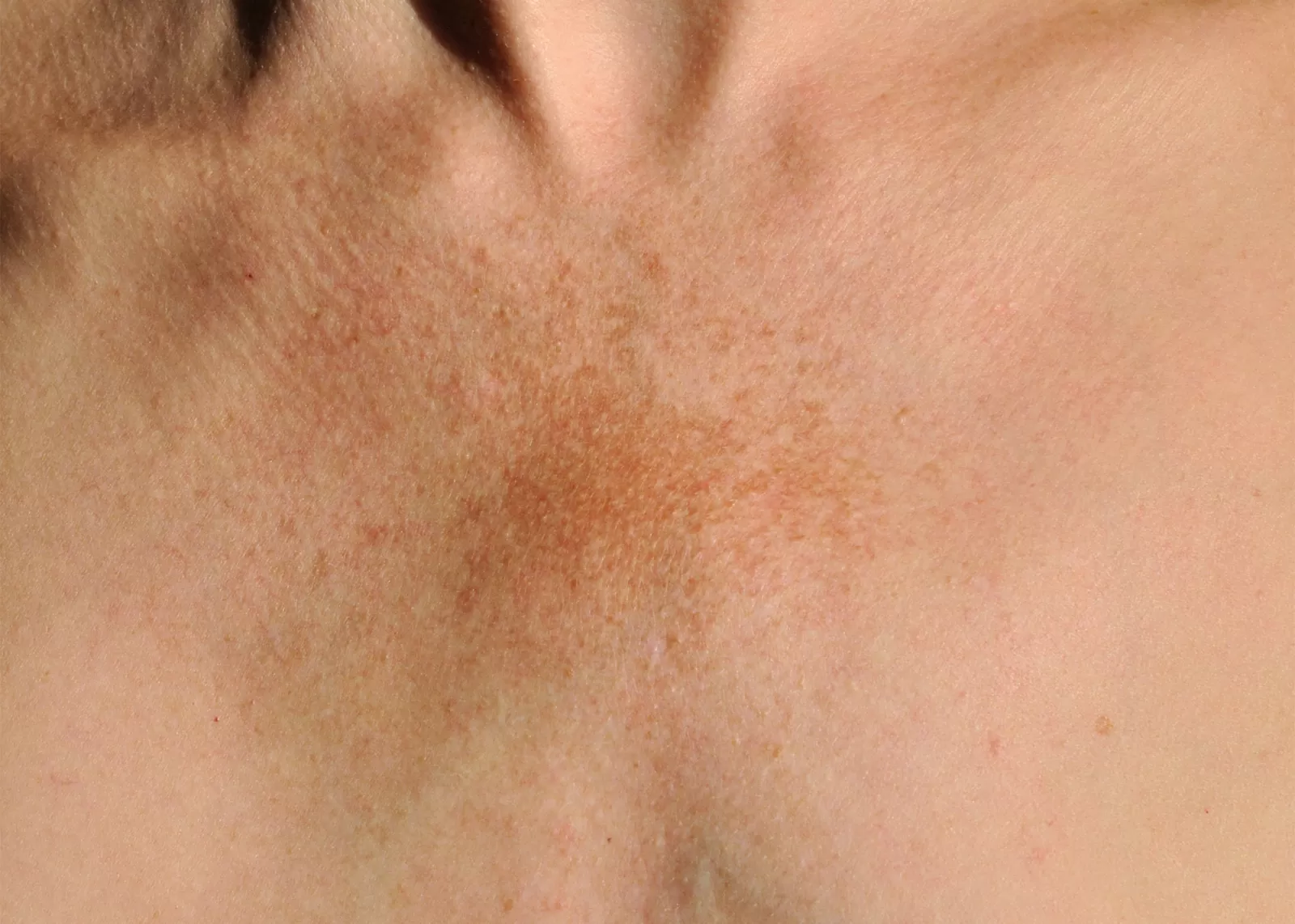
FAQ
Have further questions or want to learn more?
What is melasma and what does it look like?
Melasma is a common skin disorder. Loosely translated, the word means “black spot.” If you have melasma you’re probably experiencing light brown, dark brown and/or blue-gray patches on your skin. They can appear as flat patches or freckle-like spots. Commonly affected areas include your face, including the cheeks, upper lip and forehead, as well as the forearms. Melasma is sometimes called the “mask of pregnancy” because it frequently affects pregnant women. Melasma typically darkens and lightens over time, often getting worse in the summer and better in the winter
Where does melasma most commonly occur?
Melasma appears most commonly on your cheeks, nose, chin, above the upper lip and the forehead. It sometimes affects your arms, neck and back. In fact, melasma can affect any part of your skin that is exposed to sunlight. That’s why most people with melasma notice that their symptoms worsen during the summer months.
Who is at risk of melasma?
Fairer-skinned people are less likely to be affected by melasma than those with darker brown skin or those who tan well. Women are more likely to get melasma than men: about 10% of those who get melasma are men, 90% women. Pregnant women get melasma more often than anyone else. You’re also at risk if you take oral contraceptives and hormones.
Why is melasma common during pregnancy?
Significant hormone level fluctuations during pregnancy trigger skin discoloration. An increase in estrogen and progesterone levels can stimulate excessive melanin production, resulting in hyperpigmentation. This can make your skin and existing spots and freckles appear darker than usual.
If pregnancy is the trigger, melasma may go away on its own. This can happen months after you deliver the baby or after you finish breastfeeding.
How long will I have melasma?
If you have the dermal pigment, it may take longer to fade away than if you have the epidermal pigment. Melasma is typically a chronic disorder. This means that it’s long-lasting (three months or more). Depending on the person, melasma may go away on its own, it may be permanent, or it may respond to treatment. If you take preventative measures and follow any treatments recommended by your healthcare provider, your melasma might disappear.
Is melasma permanent?
Melasma is a typically chronic disorder. This means that it’s long-lasting (three months or more). Some people have melasma for years or their entire lives. Other people may have melasma for just a short time, such as during pregnancy.
Can melasma be prevented?
Regrettably, you can’t avoid genetics, or stop the skin condition when you’re pregnant. But you may be able to avoid the factors listed above which make melasma worse. At this time no medication can completely prevent melasma. However, a skin-friendly diet including adequate amounts of vitamin D is likely to help.
What can I expect if I’ve been diagnosed with melasma?
Melasma is a harmless skin condition. It doesn’t itch or hurt, and it doesn’t become malignant. Expect it to get worse and/or reoccur if you don’t take steps such as avoiding the sun and makeups and soaps that irritate your skin.

